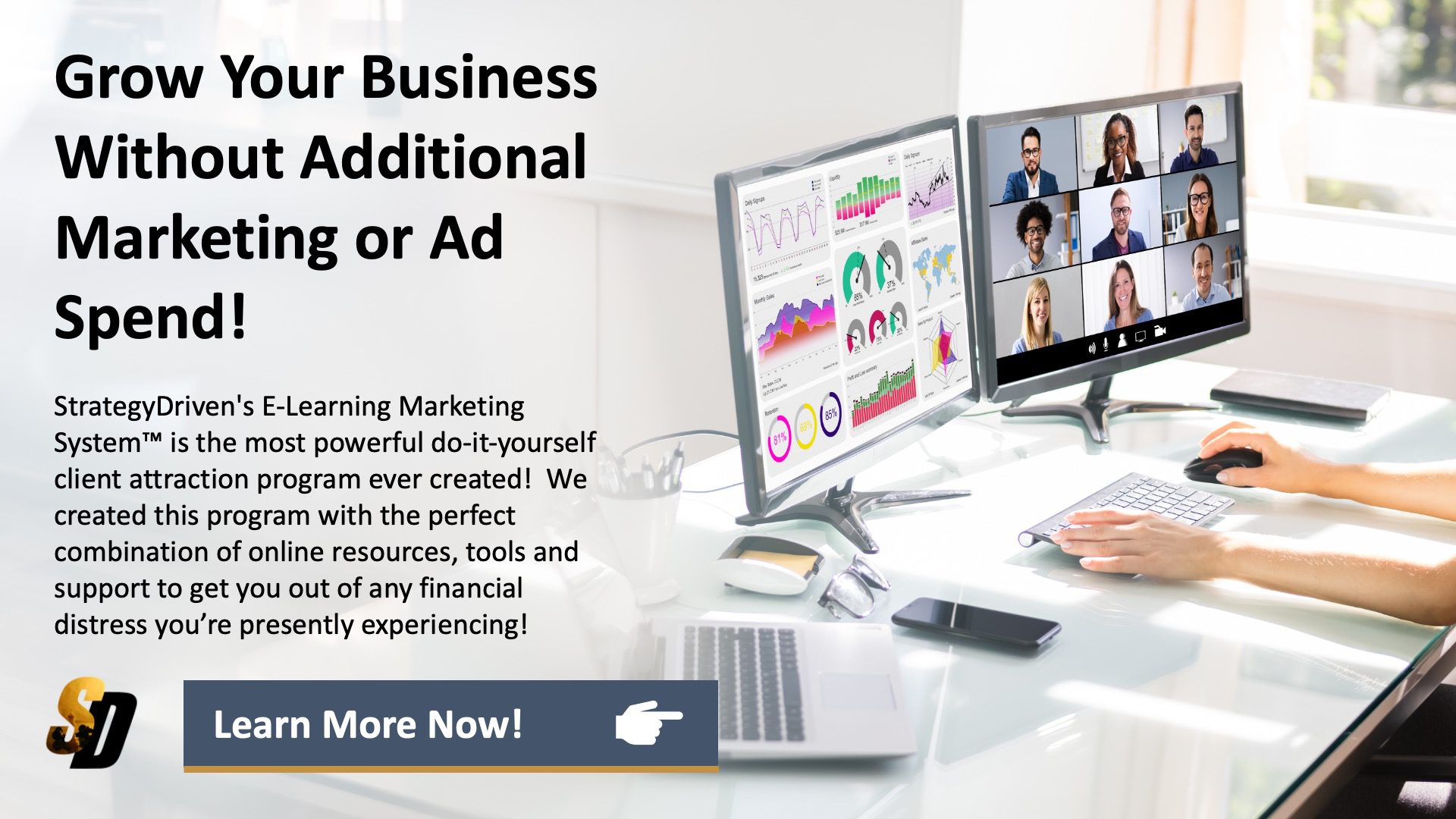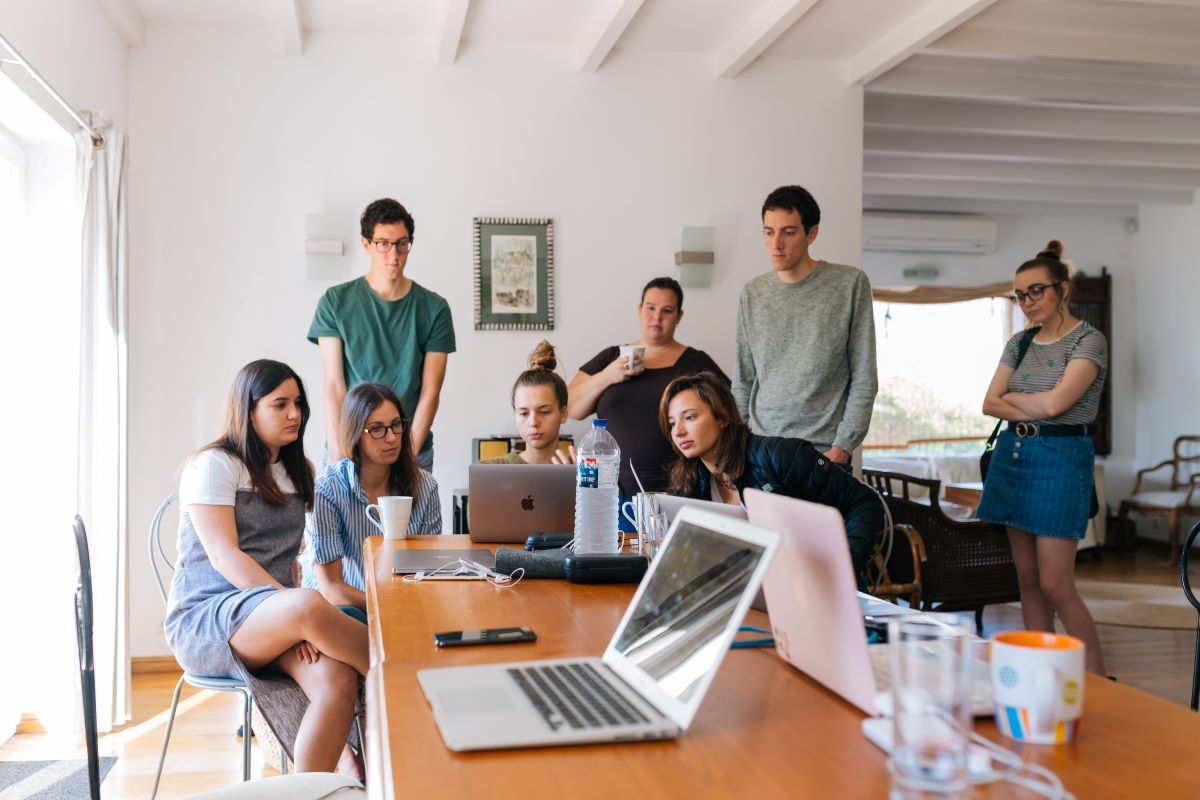6 Tips to Optimize Your Website for Conversions

Web conversions are where the big boys play!
It doesn’t matter if you have thousands of website visitors. If you can’t convert them into paying customers, your business won’t see the light of day.
The only thing you’ll see on your sales dashboard is “0.” As in, ZERO sales. Ouch!
So your business doesn’t meet its untimely demise, allow me to share with you six tried and tested conversion optimization tips that can skyrocket your web conversions.
Let’s hop right in.
1. Declutter
Remember that your goal is to generate sales, not win the Met Gala award for websites.
While aesthetics is crucial, it’s never the point.
You should always think about conversions with every single element you add to your web design.
Before you add anything, ask yourself this, “Will adding this element influence my web visitors to take action on my offer? Or will it distract them?
If adding an element to your website aids in influencing your web visitors to make a purchase, then go for it.
If not, don’t hesitate to scrap the idea and anything that contributes to why your content isn’t converting (among others).
2. Talk about pain points
“People buy on emotions. They later justify their purchase based on logic.” – Anonymous
You can bet your family jewels that the line above is true.
It’s an established train of thought that most, if not all, conversion optimization specialists subscribe to.
Because emotions lead to sales, you need to evoke emotions out of your web visitors. The more emotional they become, the higher the likelihood they’ll make the purchase.
Talking about their pain points or previous frustrations can do the trick.
When you paint a vivid picture of how frustrating their experience was, they tend to get emotional and make it their life’s ultimate goal not to experience the same frustration ever again.
This compels your visitors to buy your product immediately since you’ve positioned it as the solution to their problems.
Best practices when talking about your customer’s pain points:
- Use the exact words they’re using to describe their frustrations. Doing this makes your web copy more relatable.
- Use surveys or talk to your customer service team to learn how exactly your customers are wording their challenges and wins.
- If you’re a SaaS company, you can visit review platforms, such as Capterra, G2 Crowd, etc., then note the words used by those who left their feedback.
3. Speed up your videos
A slow-loading video is a massive turnoff to web visitors.
Whether they’re looking to buy from you or consume your content, the moment your video buffers, it can easily frustrate your web visitors.
That’s why you need to learn how to speed up your videos.
With a fast-loading video, you give your visitors a pleasant experience while on your website.
They can watch your videos and concentrate on their content without being distracted or frustrated.
Imagine.
If your product videos are wonderfully made and are compelling, can you imagine how much sales you’d get if your videos loaded smoothly?
On the other hand, can you imagine how much sales you’d lose if your videos loaded slowly and a good portion of your web traffic clicked away whenever your videos buffer?
4. Make your website easily navigable
Don’t make it hard for your web visitors to find the products they want to buy by making your website navigation confusing.
Ideally, you’d want them to reach the page they’re looking for within 1 – 3 clicks. The fewer the clicks, the better.
Also, be mindful of where you place your navigation menus, filters, categories, etc.
Your placement needs to be logical and intuitive.
The good news is, some of the best content management software has highly customizable website navigation menus and widgets.
By customizing where and how you place your navigation options to a section of your website that makes sense to your website visitors, it becomes easier for them to navigate your site and find the products or pages they’re looking for.
5. Make your chat support icon highly visible
You need to immediately address whatever barriers will prevent your web visitors from making the purchase.
Whether it’s a question about pricing, product features, or your guarantees, etc., you need to answer within 24 hours. (The sooner, the better.)
When you don’t address your web visitors’ inquiries right away, you allow them to click away, check out your competitor’s website, and potentially buy from your competitors.
What a waste.
After all, they were already on your site, ready to make the purchase.
To address your customers’ inquiries immediately, add a 24/7 chat support feature on your site and make your chat support icon highly visible.
That way, when your customers have questions, they can click your customer support icon, be connected with your customer service representative, and have their inquiries answered.
You can also use robust customer service software with AI chatbots. That way, you can keep the workforce hours for your customer service team from ballooning.
An AI chatbot also gives your customer service team a better work experience since they don’t need to deal with basic, menial, and boring questions.
6. Add one type of call-to-action (CTA) only
Analysis paralysis is real.
There are countless studies made about it, and it proves itself to be true.
That’s why when you design your website; you need to remove whatever elements that will cause your web visitors to experience analysis paralysis.
What’s an example, you might ask?
Adding several types of CTAs is a great example.
If you ask your web visitor to sign up, click your “Buy Now” button, and share your offer on Facebook, there’s a real chance they’ll experience analysis paralysis.
That’s why a rule of thumb that competent conversion rate optimization specialists use is one page, one CTA.
For instance, if you’re offering services to help your clients get content with links, create a landing page with a single CTA.
Doing this keeps your visitors from analyzing anything because there’s only one option.
When the only CTA button on your site is to click your “Buy Now” buttons, your web traffic will have no other choice but to do that.
Get better site conversions now.
Why continue getting abysmal conversion rates when you can apply tried and tested adjustments to get better results?
The strategies shared in this guide might be far from being complete, but integrating these into your web design or marketing campaigns will help you get meaningful and better results.





